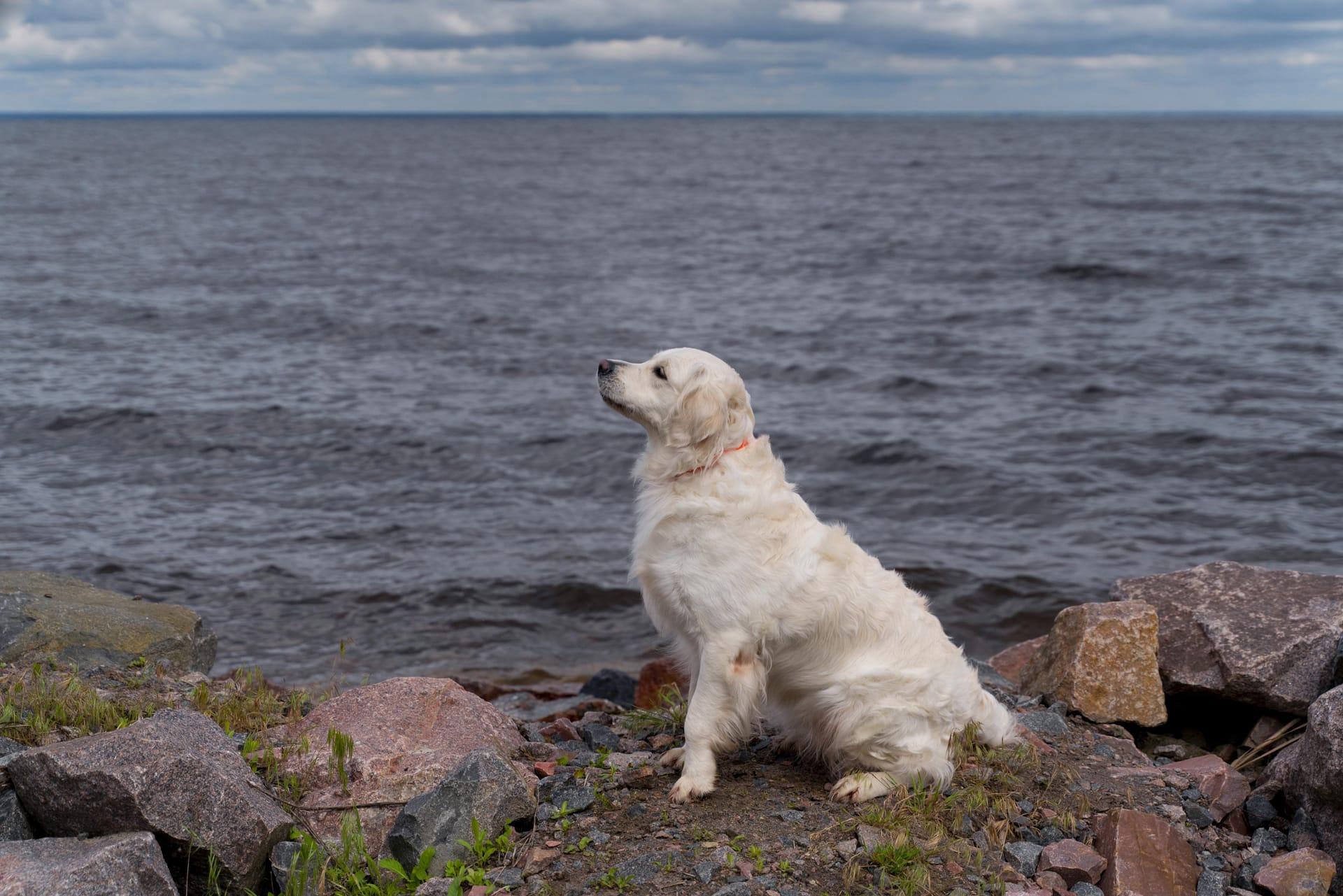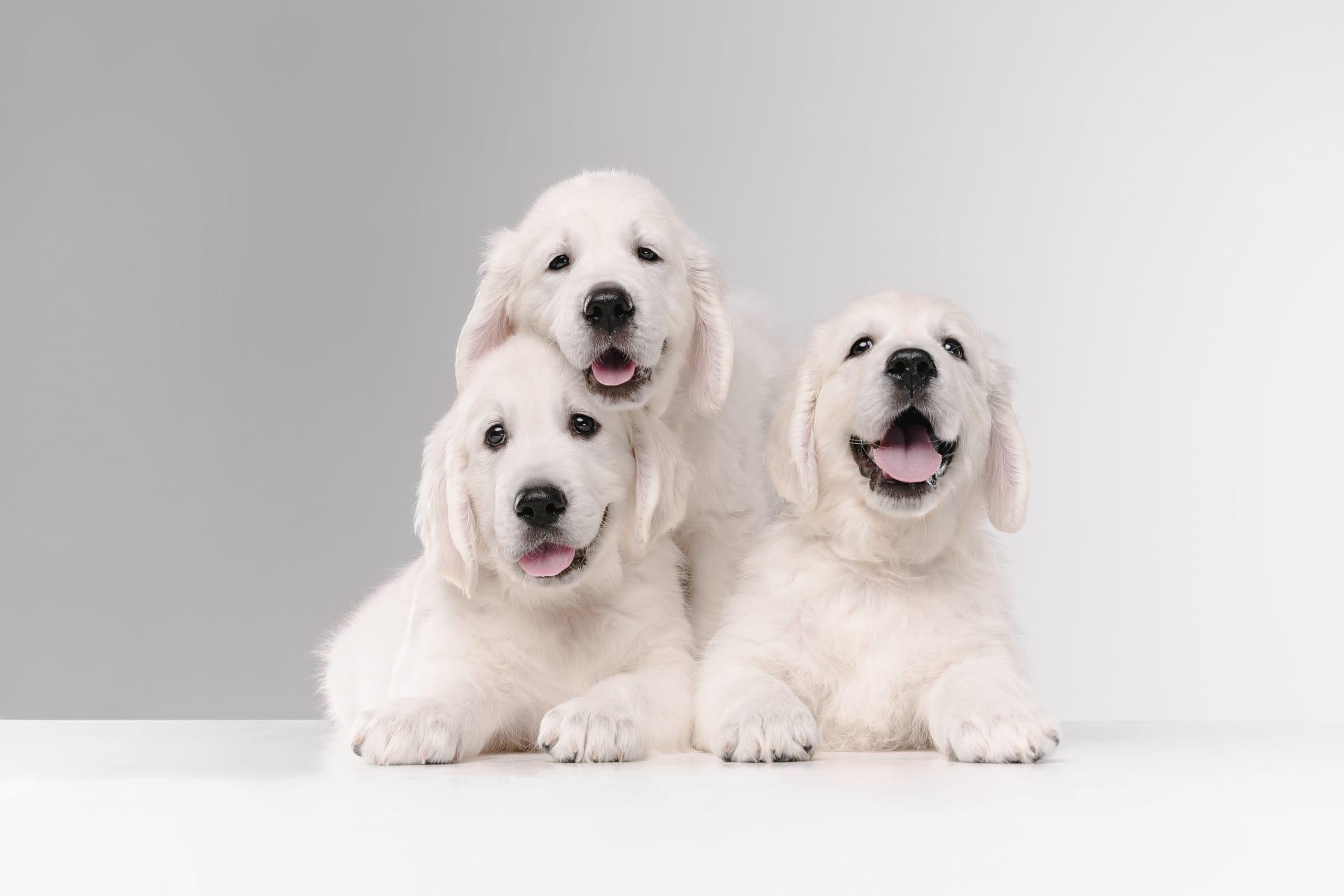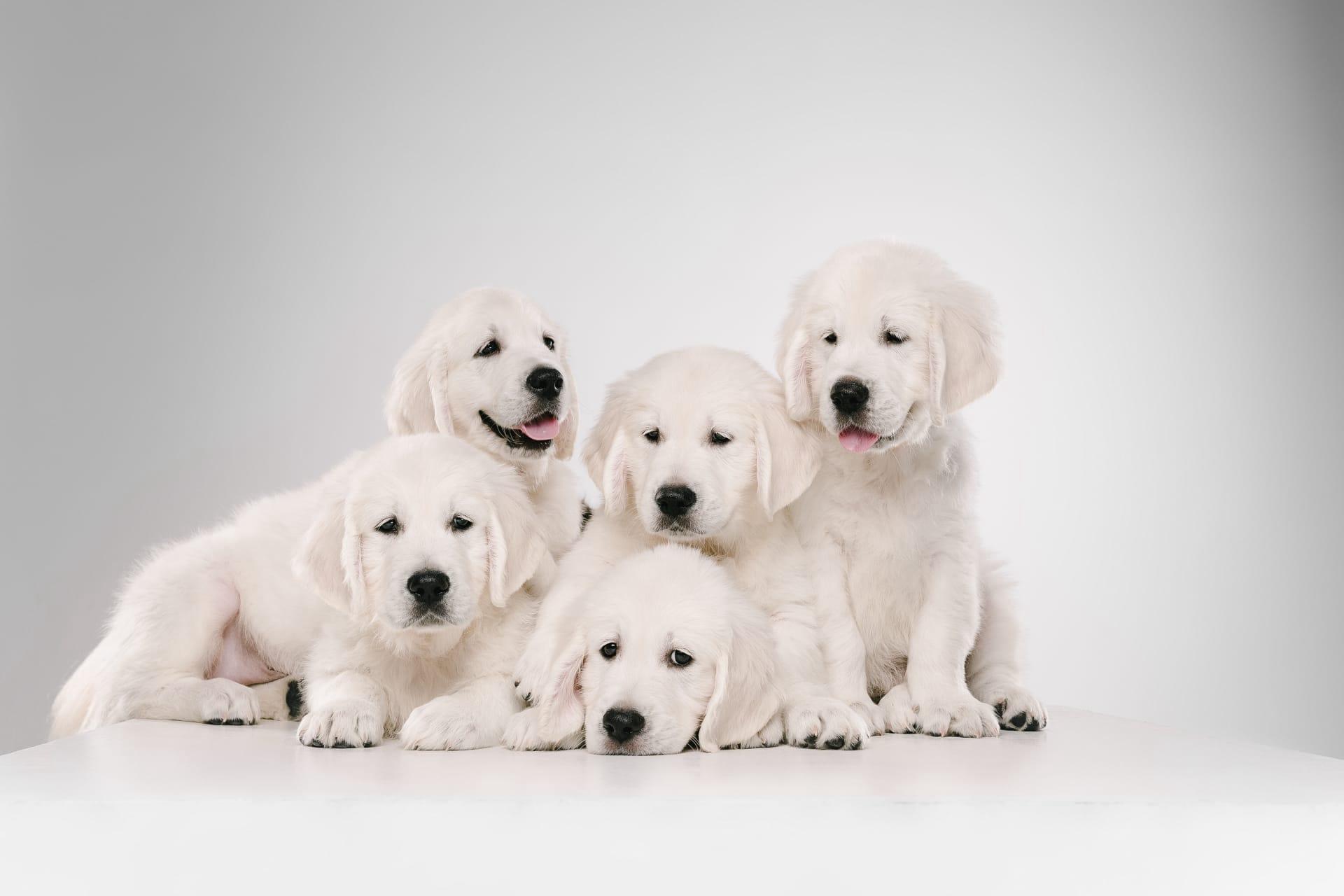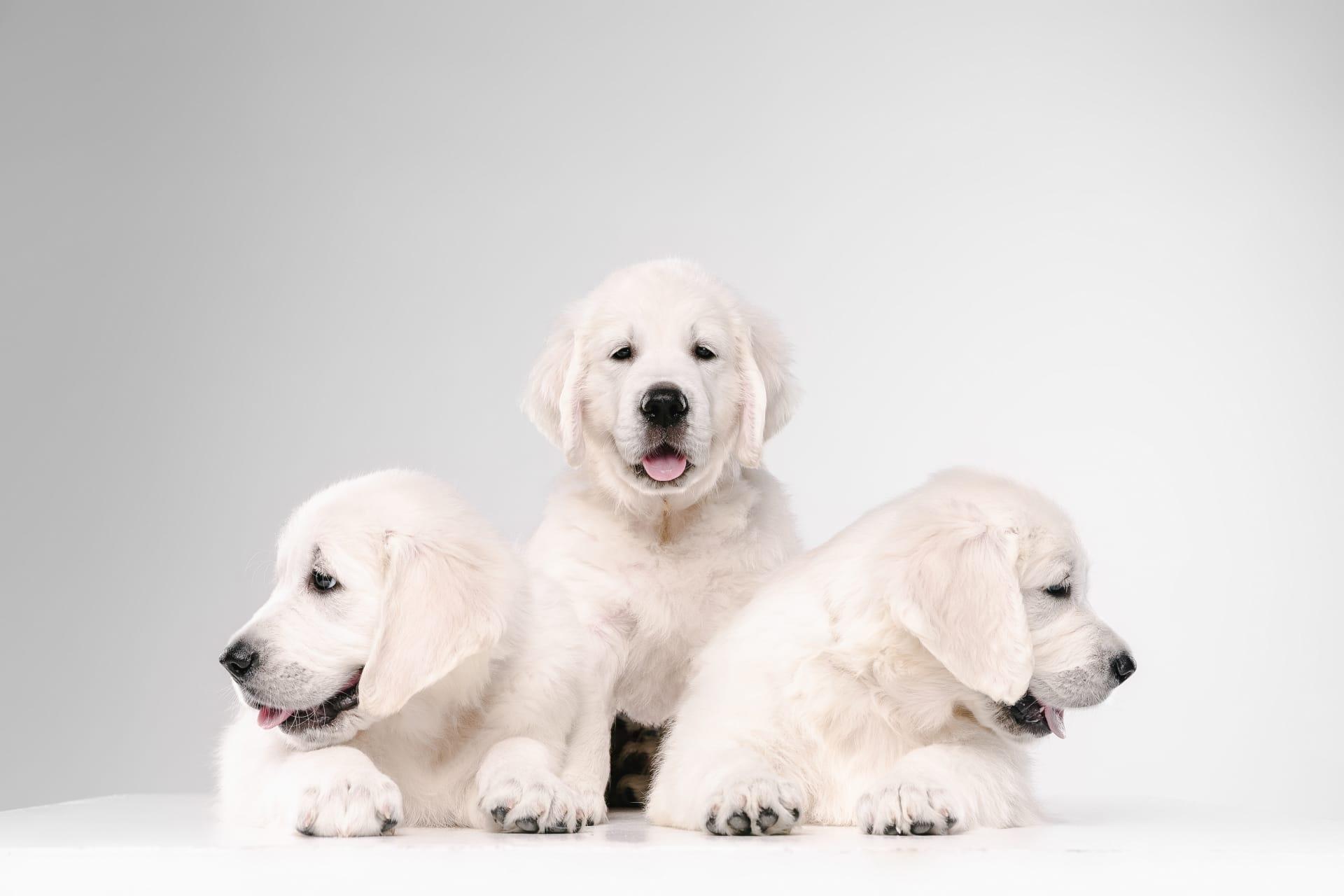1
The Great Pyrenees, known for their majestic and fluffy appearance, originated from the Pyrenees Mountains between France and Spain. These dogs were bred to guard sheep from predators like wolves and bears. With a weight ranging from 85 to 160 pounds (38 to 72 kilograms) and standing up to 32 inches (81 cm) tall at the shoulder, they are a formidable presence. Their thick double coat, which can be either straight or slightly wavy, provides insulation against harsh weather conditions, making them well-suited for outdoor life in cold climates.
Despite their size, Great Pyrenees have a surprisingly gentle and patient temperament, earning them the nickname "gentle giants." Initially bred for solitary work guarding flocks on mountain slopes, they developed a strong sense of independence and decision-making. This independence can sometimes be mistaken for stubbornness, but it's actually a sign of their intelligence and ability to assess situations autonomously. Their calm demeanor is complemented by a deep bark, which they use effectively for alerting their owners to anything unusual, making them excellent watchdogs as well as loyal family members.

2
One fascinating aspect of the Great Pyrenees is their "double dewclaws" on each hind leg. Unlike most breeds, where dewclaws are often removed, these additional toes in the Great Pyrenees are a breed standard and play a historical role. They are believed to provide extra stability and traction when navigating the rocky terrain of their native mountainous regions. These dewclaws are attached by bone, making them a functional part of the dog's foot structure, unlike the more common "vestigial" dewclaws seen in other breeds.
The Great Pyrenees' coat is not just for show; it's a marvel of nature designed for practicality. Their white or light-colored fur was strategically bred to blend in with the sheep they protected, allowing them to surprise predators. The coat is also uniquely adapted to handle a wide range of temperatures, featuring a dense, woolly undercoat for warmth in winter, and a weather-resistant outer coat that sheds dirt and moisture. This dual-layer coat requires regular grooming to prevent matting and maintain its insulating properties.

3
Great Pyrenees are known for their nocturnal habits, a trait developed from their history as night-time guardians of flocks. They are more active and alert during the evening and night, which is when predators are most likely to threaten their sheep. This nocturnal vigilance means they often sleep more during the day, adjusting their schedule to fit their protective duties. For families, this means they might hear their Great Pyrenees being more vocal or active at night, which is a carryover from their ancestral working patterns.
The breed's history dates back to around 3000 B.C., making the Great Pyrenees one of the oldest dog breeds in the world. They were highly regarded by French nobility in the 17th century, declared as the Royal Dog of France by King Louis XIV. This royal endorsement was a testament to their majestic appearance and effective guarding capabilities, elevating their status and popularity across Europe. The breed's long history is reflected in their dignified behavior and appearance, embodying centuries of selective breeding for both function and form.

4
Despite their large size and powerful build, Great Pyrenees have a surprisingly low exercise requirement. They are content with moderate daily walks and a secure place to roam, ideally a large yard with a high fence. Their exercise needs can often be met with short bursts of play or leisurely walks, preferring to conserve energy for their traditional role as vigilant guardians. This makes them surprisingly adaptable to various living conditions, provided they have enough space to move around comfortably.
The intelligence of the Great Pyrenees is both a blessing and a challenge. They are capable of learning a wide range of commands and tasks, but their independent nature means they may choose to follow commands at their discretion. Training a Great Pyrenees requires patience, consistency, and positive reinforcement. Their intelligence makes them excellent problem solvers, often finding creative ways to overcome obstacles or boredom. This trait, while admirable, underscores the importance of engaging their minds with training, play, and problem-solving activities to prevent unwanted behaviors.

5
Great Pyrenees have a lifespan of 10 to 12 years, which is typical for a breed of their size. Their health, however, can be affected by common large breed issues such as hip dysplasia and bloat. Responsible breeding practices and regular veterinary check-ups can help mitigate these risks, ensuring a healthy life. Their diet also plays a crucial role in maintaining their health and should be carefully managed to prevent obesity, which can exacerbate health issues.
Interestingly, the Great Pyrenees' sense of family extends beyond humans to the animals they are raised with. They are known to form strong bonds with the livestock they protect as well as other family pets, often considering them part of their flock. This inclusivity reflects their protective instincts, not just towards people but towards all members of their household. It's not uncommon for a Great Pyrenees to stand watch over children and pets alike, showcasing their inherent guardian nature.